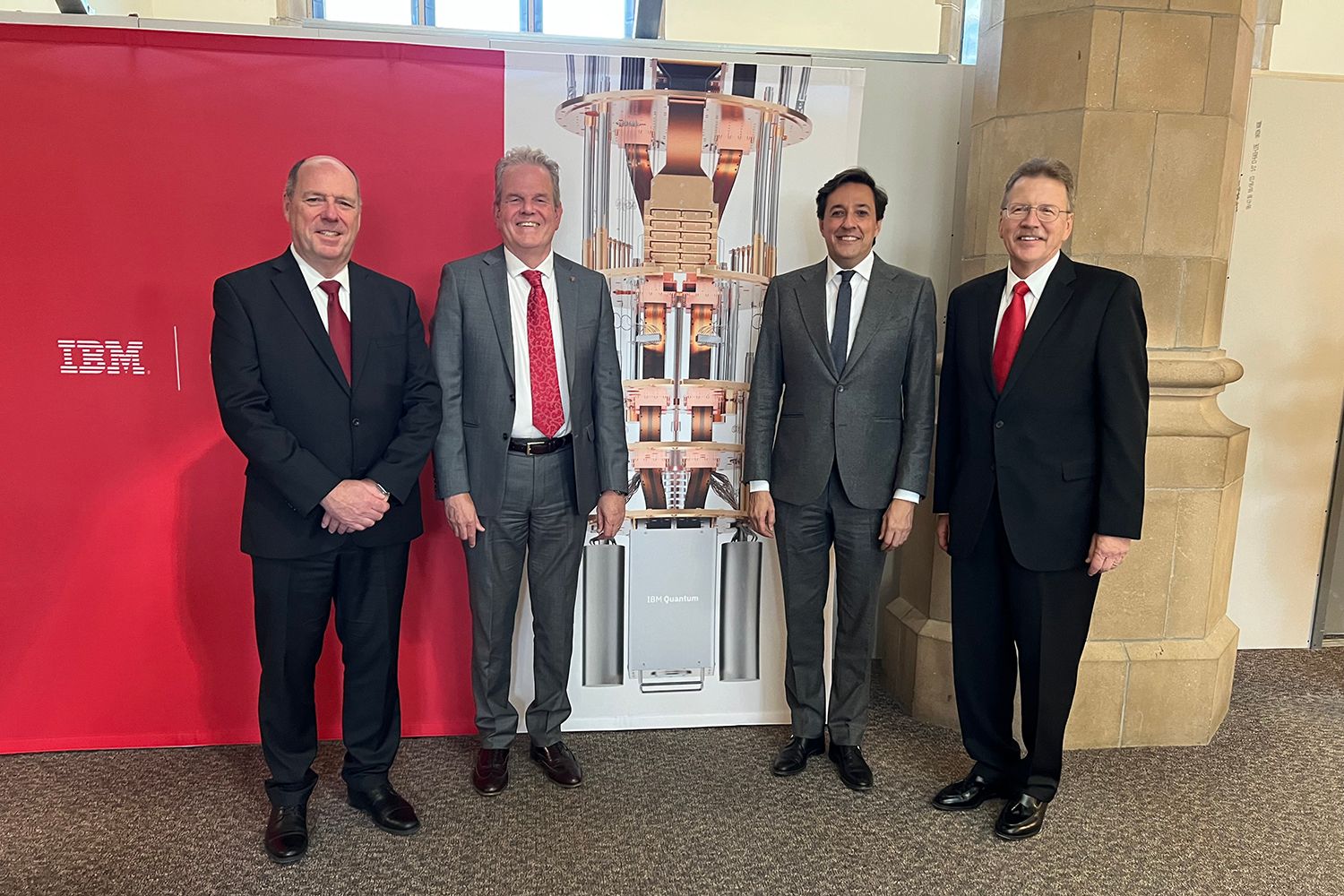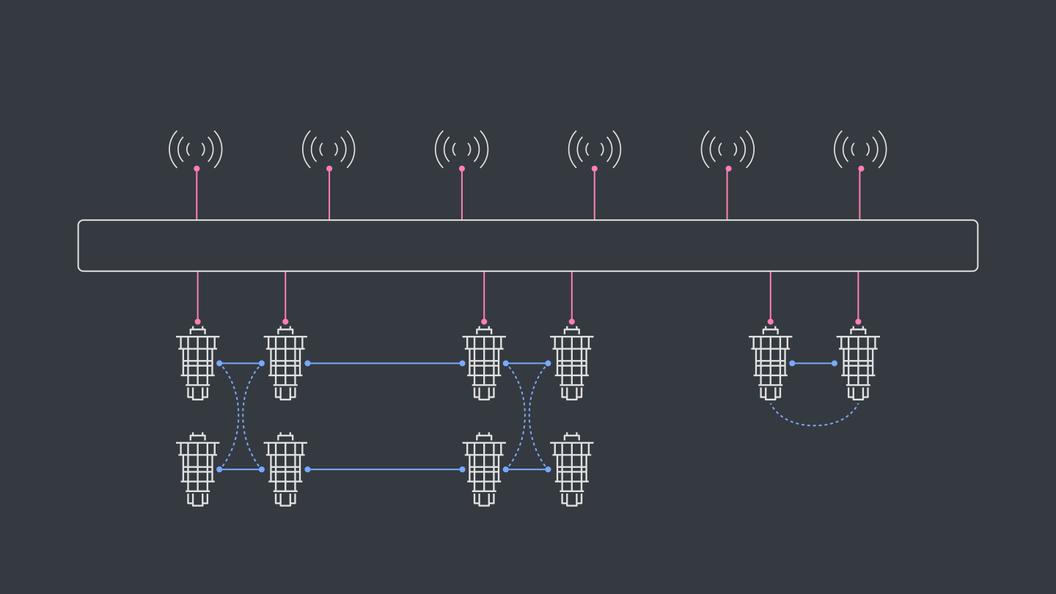There’s a chapel in Troy, New York much like any other, with colorful stained-glass windows, beautifully crafted spaces — and an ornate chandelier. But this chandelier is unique. It’s the heart of a quantum computing system.
Rensselaer Polytechnic Institute (RPI) today broke ground on the first IBM Quantum System One to be housed on a college campus in the US. The new computer, which is expected to be online by early 2024, is part of the new Curtis Priem Quantum Constellation. The installation will be part of the new center for collaborative research funded by Priem, which is hiring additional faculty to get the most out of the quantum system. Priem, a graduate of RPI, cofounded the processor company NVIDIA in 1993.
The quantum computer
The IBM Quantum System One at RPI will be powered by a utility-scale, 127-qubit IBM Quantum Eagle processor. “Utility-scale” is defined as the point at which quantum computers could serve as scientific tools to explore a new scale of problems that classical systems may never be able to solve. Read more.
And it’s about to stand out even more. The new IBM quantum computer will be housed next to stained glass windows, glistening in a kaleidoscope of colors below gothic-style archways. It’s safe to say there are few other computer systems, quantum or otherwise, that have such a serene setting.

Photo from RPI‘s IBM Quantum System One Groundbreaking Celebration, October 13, 2023. Pictured from left to right: Martin A. Schmidt, President, Rensselaer Polytechnic Institute; Curtis Priem, Board of Trustees Vice Chair, Rensselaer Polytechnic Institute; Dario Gil, Senior Vice President and Director of Research, IBM; John Kelly III, Board of Trustees Chair, Rensselaer Polytechnic Institute. (Credit: RPI)
An event celebrating the groundbreaking took place at RPI's Curtis R. Priem Experimental Media and Performing Arts Center theater, just down the road from the eventual location of the computer. In attendance were several leaders at IBM and RPI, including Marty Schmidt, RPI’s president, Darío Gil, senior vice president and director of IBM Research, John E. Kelly III, the chair of RPI’s Board of Trustees and former director of IBM Research, as well as Curtis Priem, who also serves the RPI Board of Trustees vice chair.
The greater Albany, New York area has a long history of being involved in building the future of computing, with many of the biggest breakthroughs in semiconductor design and production happening along the Hudson River.
“Our new quantum computational center will benefit the Capital Region and the State of New York by dramatically enhancing our area’s research capabilities,” Schmidt said recently. “We look forward to working with our partners in the region to transform the Hudson River Valley into ‘Quantum Valley.’”
Watch the IBM Quantum System One Groundbreaking Celebration at RPI on YouTube.




